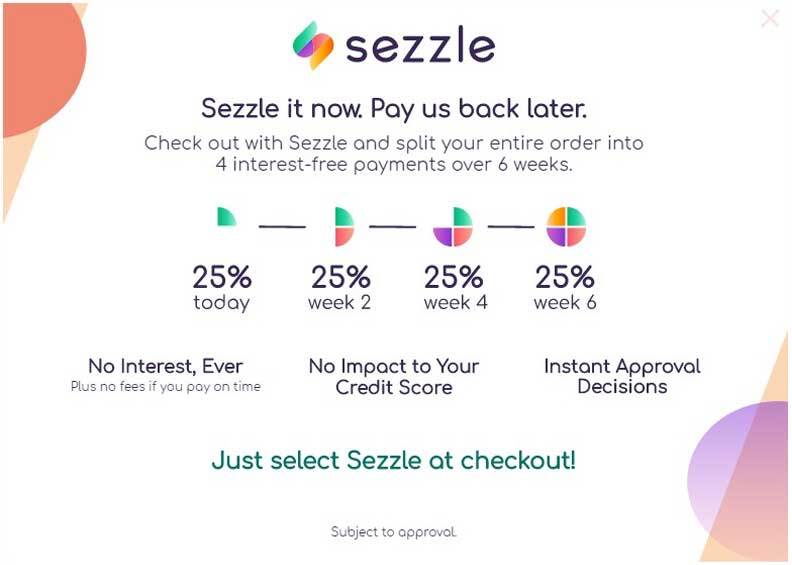Description
Tasigna is classified as a kinase inhibitor for the treatment of:
- Adult and pediatric patients who are at least 1 years old with newly diagnosed Philadelphia chromosome positive chronic myeloid leukemia (Ph+ CML) in chronic phase
- Adults with chronic phase (CP) and accelerated phase (AP) Ph+ CML resistant to or intolerant to prior therapy that included imatinib
- Pediatric patients who are at least one years old with Ph+ CML-CP and CML-AP resistant or intolerant to prior treatment with a tyrosine-kinase inhibitor (TKI).
| Fact Table |
| Formula |
C28H22F3N7O |
| License |
US DailyMed, EU EMA |
| Bioavailability |
30% |
| Legal status |
Rx-Only |
| Chemical Name |
Nilotinib |
| Elimination half-life |
15-17 hours |
| Dosage (Strength) |
75mg, 200mg |
| Pregnancy |
Not safe |
| Brands |
Tasigna |
| Protein binding |
98% |
| PubChem CID |
644241 |
| MedlinePlus |
a608002 |
| ChEBI |
52172 |
| ATC code |
L01EA03 |
| DrugBank |
DB04868 |
| KEGG |
D08953 |
| Routes of administration |
By mouth |
Directions
Tasigna is available in 50 mg, 150 mg, and 200 mg capsules.
Once you are prescribed and buy Tasigna, the recommended dose for adults with newly diagnosed Ph+ CML-CP: 300 mg by mouth twice daily.
Recommended dose for adults with resistant or intolerant Ph+ CML-CP and CML-AP: 400 mg by mouth twice daily.
Recommended dose for pediatric patients with newly diagnosed Ph+ CML-CP or Ph+ CML-CP and CML-AP resistant or intolerant to prior TKI therapy: 230 mg/m2 by mouth twice daily. The dose should be rounded up the nearest 50 mg dose to a maximum single dose of 400 mg.
Ingredients
The active ingredient in Tasigna is Nilotinib.
Contraindications
Do not take Tasigna if your potassium or magnesium levels are lower than normal or if you have long QT syndrome.
Cautions
WARNING: QT PROLONGATION and SUDDEN DEATHS
See full prescribing information for complete boxed warning.
- Tasigna prolongs the QT interval. Prior to Tasigna administration and periodically, monitor for hypokalemia or hypomagnesemia and correct deficiencies. Obtain ECGs to monitor the QTc at baseline, seven days after initiation, and periodically thereafter, and following any dose adjustments.
- Sudden deaths have been reported in patients receiving Tasigna. Do not administer Tasigna to patients with hypokalemia, hypomagnesemia, or long QT syndrome.
- Avoid use of concomitant drugs known to prolong the QT interval and strong CYP3A4 inhibitors.
- Avoid food 2 hours before and 1 hour after taking the dose.
- Tasigna may interact with certain medications that can cause serious and life-threatening effects. Before you start treatment with Tasigna, tell your doctor about any medications you take, including prescription, over-the-counter, herbal supplements, and vitamins.
- Be sure to discuss any allergies you may have with your doctor. Tasigna may contain ingredients that can cause an allergic reaction in those with an allergy.
- Tasigna can increase your risk for myelosuppression, cardiac and arterial vascular occlusive events, pancreatitis, liver problems, and electrolyte abnormalities. While you are taking Tasigna, your doctor will monitor your heart, blood cell counts, pancreas function, liver function, and electrolytes.
- Tasigna can increase the risk for tumor lysis syndrome (TLS), which is caused by the rapid breakdown of cancer cells. Your doctor may order blood tests to determine if you have TLS. TLS can lead to kidney impairment and/or an abnormal heartbeat.
- Bleeding and death have been reported during treatment with Tasigna. Contact your doctor immediately if you have uncontrollable bleeding, vision changes, unconsciousness, sudden confusion, or sudden headache.
- Tasigna use may cause your body to accumulate excess fluid. Tell your doctor if you have shortness of breath, swelling, or rapid weight gain.
- Tasigna may affect the growth and development in children with chronic phase PH+ CML and should be monitored.
- Tell your doctor if you are pregnant, suspect that you are pregnant, or plan to become pregnant. Tasigna may cause harmful adverse effects to an unborn baby. Birth control should be used while you take Tasigna and for at least 2 weeks after your final dose of Tasigna.
- Tell your doctor if you are breastfeeding or plan to start breastfeeding. Do not breastfeed while you are taking Tasigna and for at least two weeks after your final dose of Tasigna.
Side Effects
Like all medications, there is a possibility for side effects with the use of Tasigna. Let your doctor know if you experience adverse effects. Common Tasigna side effects include:
- Diarrhea
- Constipation
- Cough
- Fever
- Headache
- Itching
- Joint pain
- Muscle pain
- Nausea
- Night sweats
- Rash
- Runny or stuffy nose, sneezing, sore throat
- Tiredness
References:
TASIGNA Prescribing Information. East Hanover, NJ: Novartis Pharmaceuticals Corporation, 2021.
What is TASIGNA? TASIGNA (nilotinib).
Frequently Asked Questions about Tasigna (Nilotinib)
What is Philadelphia Chromosome-Positive Chronic Myeloid Leukemia (Ph CML)?
Ph CML is a type of cancer affecting the blood and bone marrow. It involves the abnormal growth and control of white blood cells, impacting the health of other cells in the body.
What is Tasigna?
Tasigna (nilotinib) is a prescription medicine used to treat adults and children (ages 1 and older) with newly diagnosed or resistant Ph CML in chronic or accelerated phases.
What is the most important information about Tasigna?
Tasigna can cause a potentially life-threatening heart problem known as QTc prolongation, leading to irregular heartbeat and possible sudden death. Regular heart monitoring via electrocardiogram (ECG) is necessary before and during treatment.
How long has Tasigna been studied clinically?
Tasigna has 10 years of clinical trial data in adults newly diagnosed with Ph CML in the chronic phase.
Why might a doctor switch a patient to Tasigna?
Doctors may consider switching a patient to Tasigna if their current treatment for Ph CML is ineffective, stops working, or causes intolerable side effects.
How does Tasigna work?
Tasigna works by targeting and stabilizing the inactive formation of the abnormal BCR-ABL protein, which is responsible for creating leukemia cells in Ph CML. However, the direct connection between its in vitro data and effectiveness has not been fully established.
How can the progress of treatment be tracked?
The progress of treatment can be monitored through PCR blood testing, which measures the amount of BCR-ABL1 in the body. This test can detect very small amounts of BCR-ABL1 that other tests cannot find.
What are the potential side effects of taking Tasigna?
Side effects of Tasigna can vary among patients and include serious and more common effects. It's important for patients to note any side effects and discuss them with their doctor.
Is it possible to stop taking Tasigna?
After at least three years of Tasigna treatment, some patients may be eligible for a trial of treatment-free remission (TFR), though this requires increased monitoring frequency.
What should be avoided while taking Tasigna?
Patients should avoid grapefruit products, stomach acid reducers close to the time of taking Tasigna, and certain antacids. These can interact with Tasigna and lead to unwanted side effects.
About Dr. Savannah Muncy (Page Author)
Dr. Muncy (PharmD) studied science and education as an undergraduate before attending the Appalachian College of Pharmacy where she completed her PharmD in three years. She is currently using her pharmacy and healthcare expertise to write medical content for clients all around the world. She is focused on delivering the most current, accurate, and engaging information to healthcare professionals and patients. Read More....
IMPORTANT NOTE:
The above information is intended to increase awareness of health information and does not suggest treatment or diagnosis. This information is not a substitute for individual medical attention and should not be construed to indicate that use of the drug is safe, appropriate, or effective for you. See your health care professional for medical advice and treatment.
Product Code : 11503


